

Amylase Baking enzyme
$0.01
Amylase baking enzyme plays a crucial role in the breakdown of starch molecules into smaller, more easily fermentable sugars. It is a naturally occurring enzyme found in various sources, including plants, animals, and microorganisms. In the context of baking, amylase is often derived from fungal or bacterial sources and is used to enhance dough fermentation and improve the texture and volume of baked goods.
When added to dough or batter, amylase acts as a catalyst, accelerating the conversion of complex starches into simpler sugars like maltose and glucose. These sugars can then be readily metabolized by yeast or other microorganisms, leading to increased fermentation activity. The breakdown of starches by amylase also contributes to the development of desirable flavor profiles in baked goods.
By facilitating starch degradation, amylase helps improve dough handling properties, increase bread volume, enhance crumb softness, and extend the shelf life of baked products. It is commonly employed in the production of bread, rolls, bagels, and other yeast-leavened goods, as well as certain pastry and confectionery items.
Overall, amylase is a vital baking enzyme that assists in starch hydrolysis, promoting fermentation and enhancing the quality of baked goods
Amylase Baking Enzyme Uses
Dough Conditioning:
Amylase is commonly used to condition dough, improving its handling properties. It helps relax the dough structure, making it easier to shape and mold. This is especially beneficial for bread and other yeast-leavened products.
Fermentation Enhancement:
By breaking down starches into fermentable sugars, amylase promotes yeast activity during fermentation. It provides an additional source of sugar for yeast metabolism, leading to increased carbon dioxide production. This results in improved dough rise and increased bread volume.
Texture Improvement:
Amylase aids in improving the texture and crumb structure of baked goods. It breaks down starch molecules, resulting in more even distribution of sugars throughout the dough. This contributes to a softer and more tender crumb texture.
Shelf Life Extension:
The breakdown of starches by amylase leads to the production of simple sugars, which act as humectants, retaining moisture in baked goods. This moisture retention helps prolong the shelf life of products, keeping them fresher for a longer time.
Browning and Flavor Development:
Amylase plays a role in the Maillard reaction, which is responsible for browning and flavor development in baked goods. The breakdown of starches by amylase generates reducing sugars that participate in the Maillard reaction, resulting in desirable color and flavor characteristics.
Maltose Syrup Production:
Amylase is also used in the production of maltose syrup, which serves as a sweetener, flavor enhancer, and fermentation substrate. Maltose syrup finds applications in various baked goods, confectionery items, and beverages.
| APPEARANCE |
Powdery – Fine, dry particles e.g., baking soda |
|---|---|
| AVAILABLE GRADES |
BAKERS USP GRADES ,FOOD GRADE |
1. Basic Identification Attributes
- Chemical Name: α-Amylase (EC 3.2.1.1)
- CAS Number: 9000-90-2 (for α-amylase from Aspergillus oryzae)
- HS Code: 3507.90 (Enzyme preparations)
- Molecular Formula: Protein enzyme (no single formula; typically ~50 kDa molecular weight)
- Synonyms:
- Diastase
- Starch hydrolase
- Glycogenase
2. Physical & Chemical Properties
- Physical State: Liquid (solution) or powder (lyophilized)
- Color & Odor: Tan to brown powder or clear liquid; slight fermentation odor
- Boiling Point: Denatures at >60°C (enzyme inactivation)
- Melting Point: N/A (protein denatures rather than melts)
- Density: ~1.0–1.2 g/cm³ (liquid forms)
- Solubility:
- Soluble in water (insoluble in organic solvents)
- pH Level: Optimal activity: pH 4.5–6.5 (varies by source)
- Temperature Stability:
- Active: 30–60°C (denatures above 70°C)
- Inactivated by boiling
- Viscosity: Similar to water (liquid forms)
3. Safety & Hazard Attributes
- Hazard Class (GHS):
- Non-hazardous(food-grade enzymes)
- May cause sensitization(inhalation of powder; Category 1B)
- NFPA Ratings:
- Health: 1| Flammability: 0 | Reactivity: 0
- Exposure Limits:
- OSHA PEL: 15 mg/m³ (total dust for enzyme proteins)
- ACGIH TLV: 0.06 IU/m³ (for proteolytic enzymes)
- Reactivity:
- Incompatible with strong acids/bases, oxidizing agents
- Inhibited by heavy metals (e.g., Cu²⁺, Hg²⁺)
4. Storage & Handling Attributes
- Storage Conditions:
- Liquid: 2–8°C (refrigerated; avoid freezing)
- Powder: Dry, cool (<25°C), protect from moisture
- Incompatible Materials:
- Bleach, strong acids/bases, heavy metal ions
- Container Type:
- Liquid: HDPE plastic with UV protection
- Powder: Foil-lined bags
- Shelf Life:
- 6–12 months (liquid); 1–2 years (powder)
- Special Handling:
- Use gloves/mask if handling powder to avoid sensitization
5. Regulatory & Compliance Attributes
- Regulatory Status:
- FDA: GRAS (21 CFR 184.1012)
- EFSA: Approved (E1100)
- Halal/Kosher: Certified options available
- Hazard Symbols: None (food-grade)
- Transportation Restrictions: Non-hazardous (unless mixed with carriers)
- Waste Disposal:
- Flush liquid forms with water; solid as organic waste
6. Environmental & Health Impact
- Ecotoxicity:
- Low risk (readily biodegradable; LD50 >10,000 mg/kg for fish)
- Persistence:
- Degrades rapidly in environment (protein hydrolysis)
- Carcinogenicity:
- Not listed by IARC/NTP
- Biodegradability:
- Fully biodegradable (via microbial protease action)
Personal Protection:
- Gloves:Wear powder-free nitrile gloves to prevent skin contact.
- Eye Protection:Safety goggles if handling powdered form.
- Respiratory Protection:Dust mask (NIOSH N95) when handling large quantities of powder to avoid inhalation.
- Clothing:Lab coat or apron to prevent contamination.
Handling & Storage:
- Ventilation:Use in well-ventilated areas to minimize dust exposure.
- Avoid Contact:Prevent inhalation, ingestion, and eye/skin exposure.
- Storage:Keep in a cool, dry place, tightly sealed to prevent moisture absorption.
- Hygiene:Wash hands thoroughly after handling.
Incompatibilities:
- Avoid strong oxidizing agents (may degrade enzyme activity).
- Keep away from extreme pH levels (very acidic or alkaline conditions can deactivate amylase).
Inhalation (Dust Exposure):
- Move to fresh air immediately.
- If coughing or breathing difficulty persists, seek medical attention.
Skin Contact:
- Wash affected area with soap and water for at least 15 minutes.
- If irritation develops, consult a physician.
Eye Contact:
- Rinse immediately with plenty of water for 15 minutes, holding eyelids open.
- Seek medical attention if irritation continues.
Ingestion (Accidental Swallowing):
- Rinse mouth with water.
- Drink water to dilute; do not induce vomiting.
- Seek medical advice if large amounts are ingested or discomfort occurs.
Fire Hazards:
- Non-flammableunder normal conditions.
- High temperatures may cause decomposition, releasing irritating fumes.
Extinguishing Media:
- Use water spray, CO₂, dry chemical, or foamif surrounding materials burn.
Firefighter Protection:
- Standard firefighting gear with SCBA if in enclosed spaces.
- Avoid breathing decomposition products.
Special Considerations:
- Cool containers exposed to fire with water to prevent rupture.
- Prevent runoff from entering drains (low toxicity but best practice).
Small Spills:
- Dampen with water to prevent dust, then wipe up with absorbent material.
- Dispose of as normal solid waste (unless local regulations specify otherwise).
Large Spills:
- Contain spill to prevent spread.
- Wear PPE (gloves, mask) during cleanup.
Disposal:
- Follow local waste disposal regulations (generally non-hazardous).



 LABORATORY EQUIPMENT & APPARATUS
LABORATORY EQUIPMENT & APPARATUS
 Fertilizers
Fertilizers Plant Growth Regulators
Plant Growth Regulators Soil Conditioners
Soil Conditioners Animal Feed Additives
Animal Feed Additives Biostimulants
Biostimulants Dough Conditioners
Dough Conditioners Flour Treatments
Flour Treatments Fat Replacers
Fat Replacers Preservatives (baking)
Preservatives (baking)
 Surfactants (cleaning)
Surfactants (cleaning) Builders
Builders Bleaching Agents
Bleaching Agents Enzymes
Enzymes Solvents (cleaning)
Solvents (cleaning) Fragrances
Fragrances

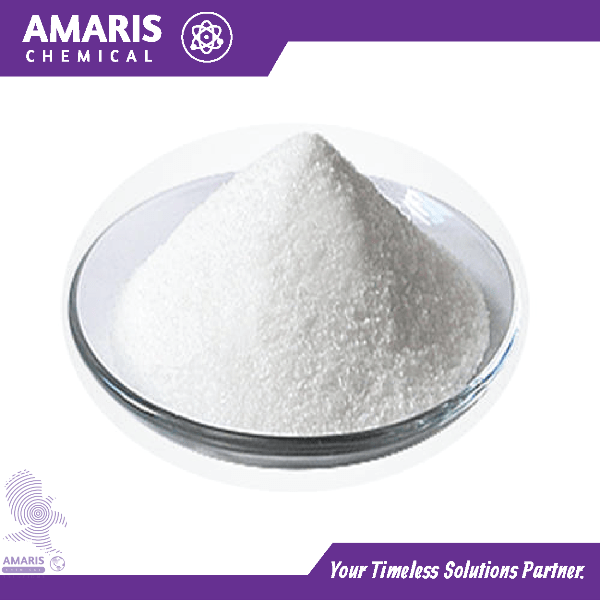
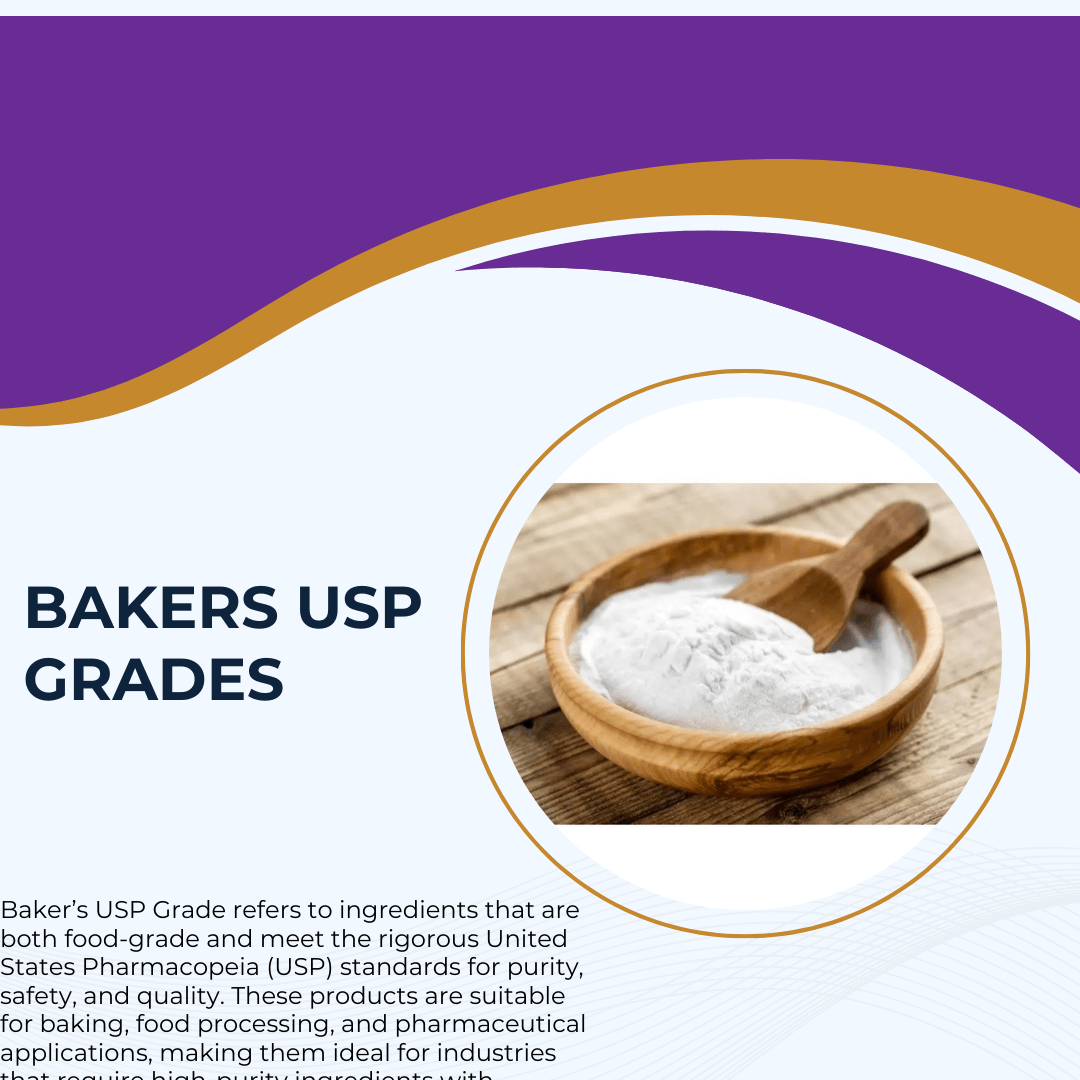
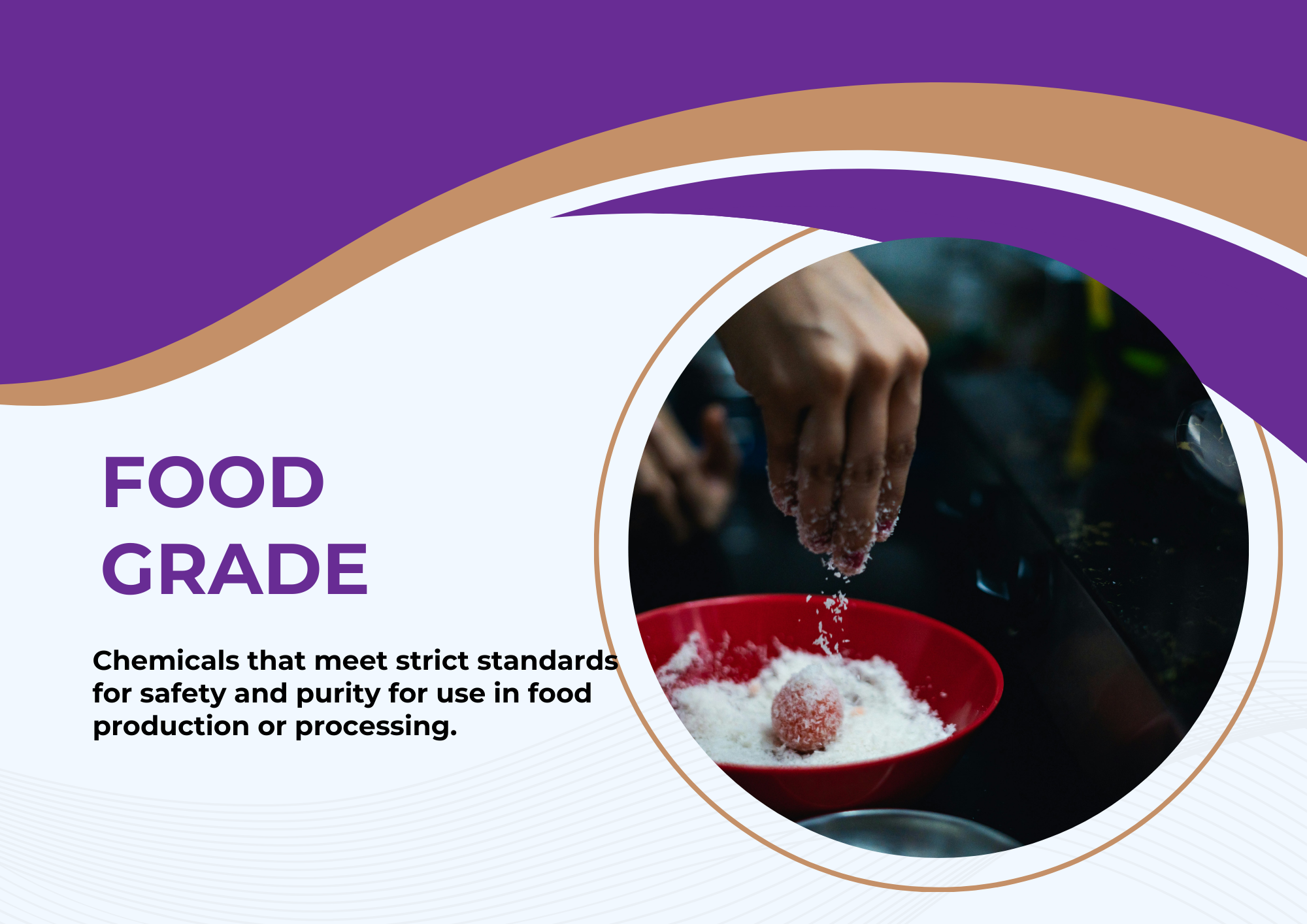



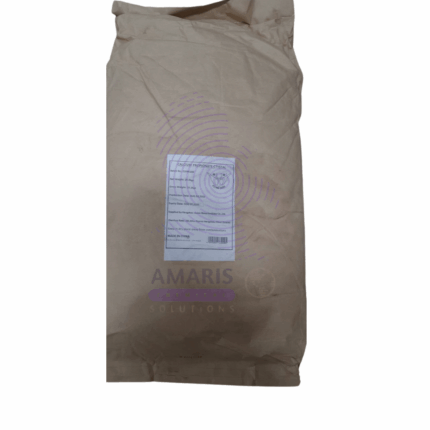
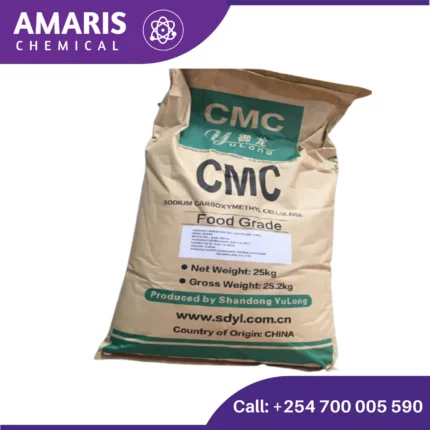
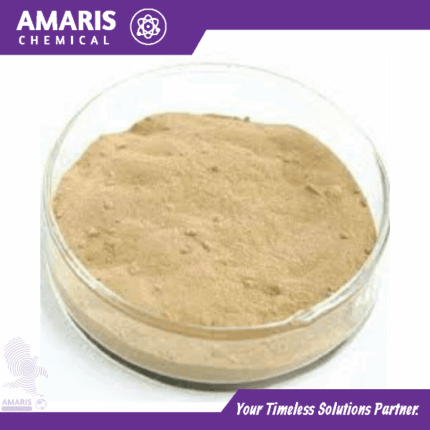
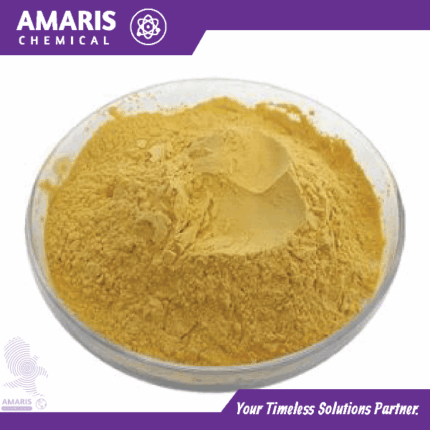













Reviews
There are no reviews yet.